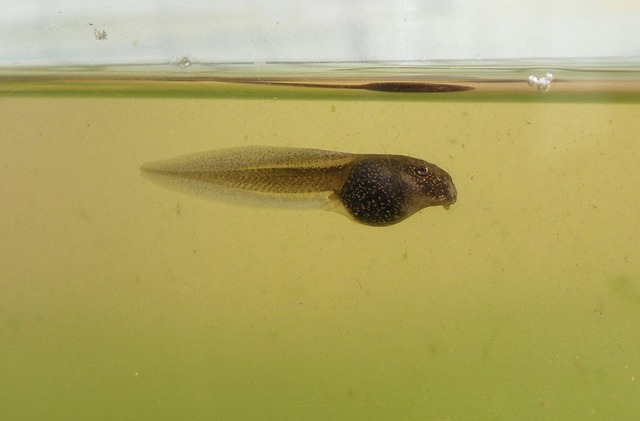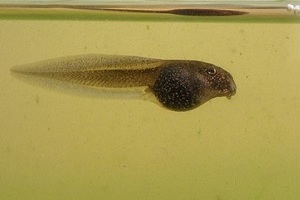
Wood frog tadpole (Lithobates sylvaticus), such as the ones examined in this study.
(Pixabay/CC0)
New research suggests that tadpoles use previous dangerous encounters to determine whether to heed the warnings of others. These warnings take the form of chemical cues the scientists call “disturbance cues”, which are produced while prey escape a predator. These may be used to signal predation risk to other prey nearby. Researchers exposed wood frog tadpoles to either a high-risk or a low-risk environment, then examined their behaviour in response to disturbance cues of other tadpoles from either high- or low-risk environments. High-risk environments were more likely to change how tadpoles release and respond to disturbance cues.
Authors:
Kevin R. Bairos-Novak, Matthew D. Mitchell, Adam L. Crane, Douglas P. Chivers, Maud C. O. Ferrari
Corresponding author:
Kevin Bairos-Novak, Department of Biology, University of Saskatchewan, SK, Email: kevin.bairos-novak@usask.ca
Original paper published in the Proceedings of the Royal Society B: Biological Sciences on September 27, 2017.


